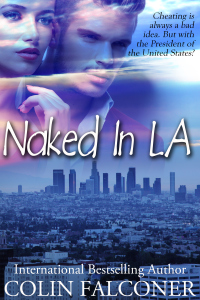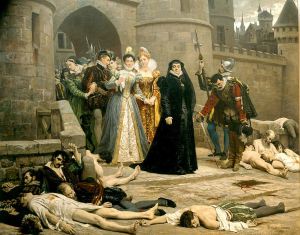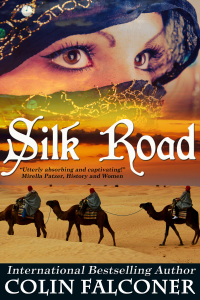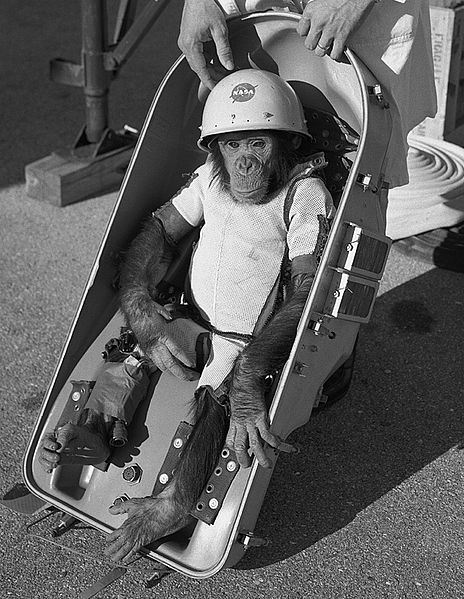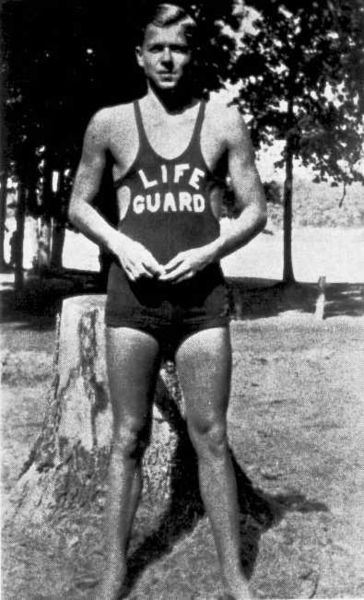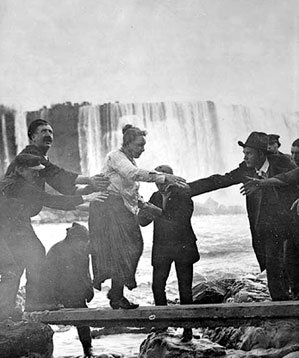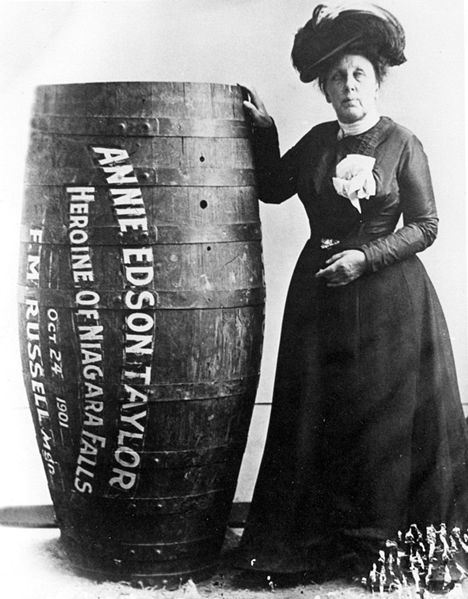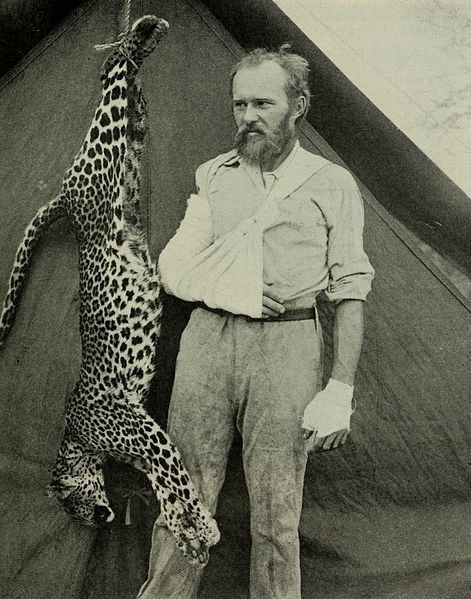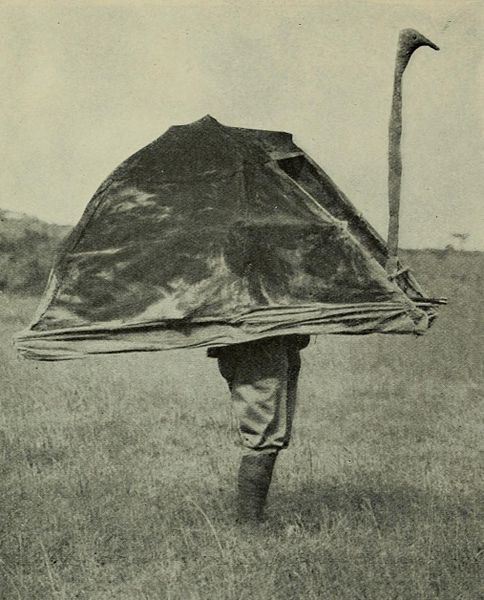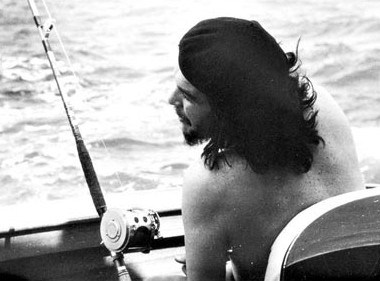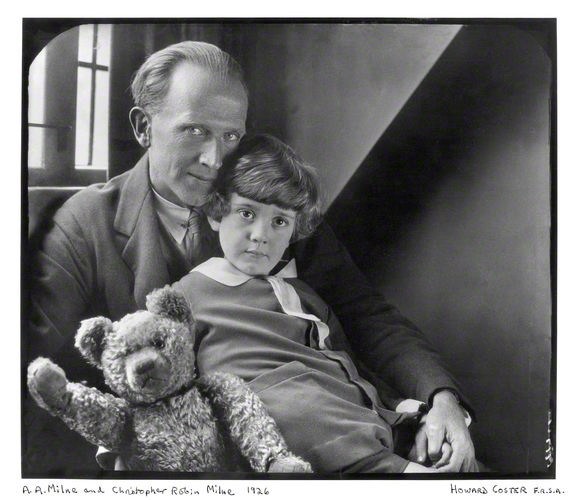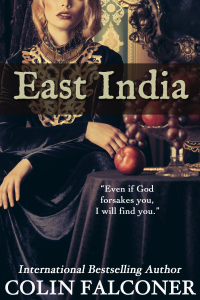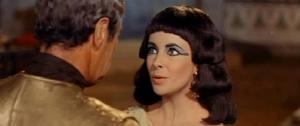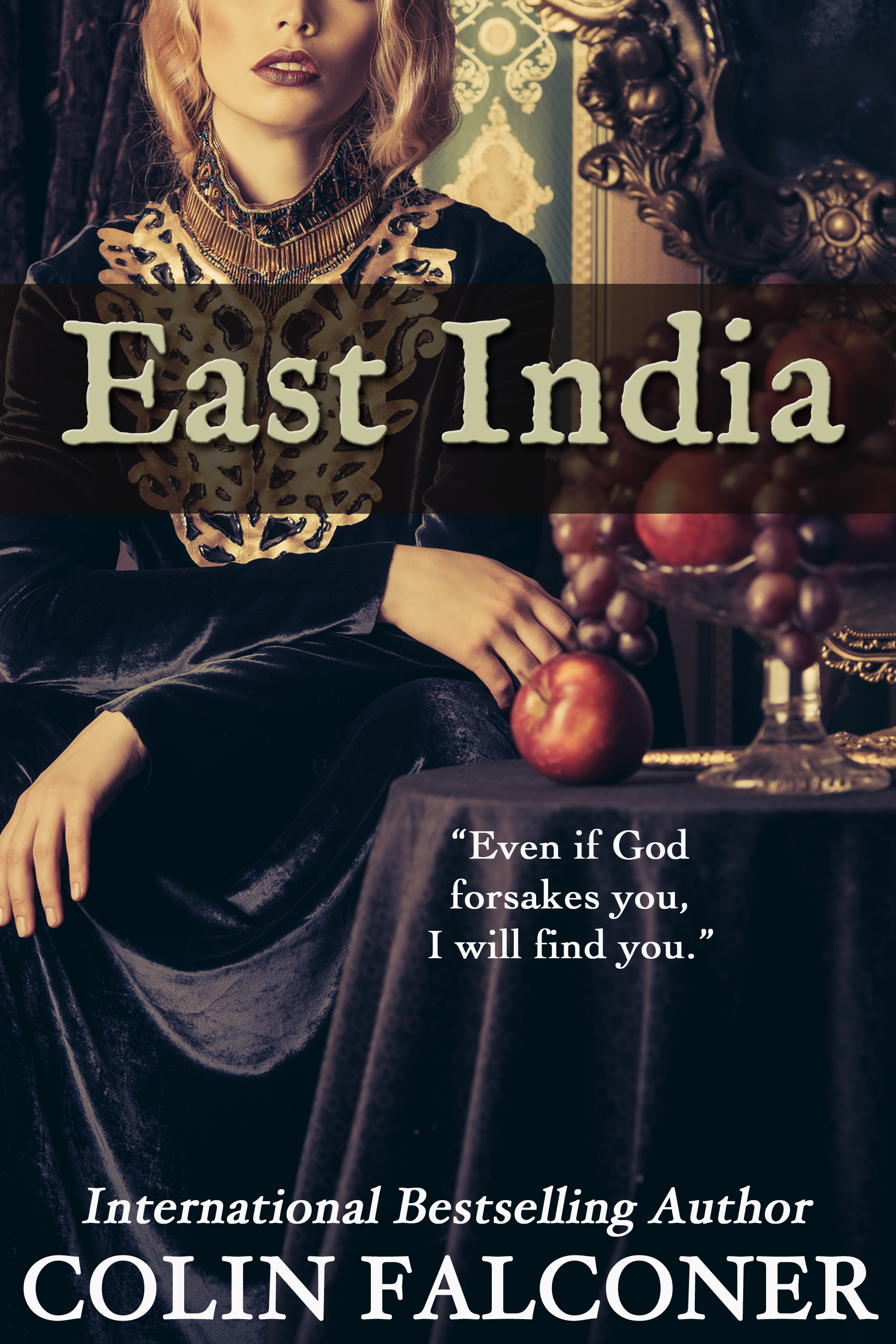So who was the enigma behind the Enigma in that movie with Brendan Cumberbatch?
His name was Alan Turing and The Imitation Game portrays the seminal moments in the life of one of Britain’s top code breakers.
Turing led Hut 8, the team who cracked the Nazi naval secret cipher during World War 2, and in doing so, saved hundreds of thousands of Allied lives.
He is also considered the father of modern computer science.
Seven years after the war Britain repaid its debt of gratitude to the man with chemical castration.
But just how accurate is the movie?
The question itself raises a fundamental question about writing history: what is more important, making a good story or creating an accurate historical record?
Because if you understand the fundamental principles of story - you most often can’t have both.
The movie received huge critical acclaim - but its critics focused not on the film itself, but historical inaccuracies.
Writer Graham Moore defended his script this way: “When you use the language of ‘fact checking’ to talk about a film, I think you’re sort of fundamentally misunderstanding how art works. You don’t fact check Monet’s ‘Water Lilies’. That’s not what water lilies look like, that’s what the sensation of experiencing water lilies feels like.’
Director Morten Tyldum went further: “A lot of historical films sometimes feels like people reading a Wikipedia page to you onscreen, like just reciting ‘and then he did that, and then he did that, and then he did this other thing.’
I agree with both these gentlemen.
Are we writing stories or are we writing history?
Faction is not a story. People seem to get confused about this.
If The Imitation Game was a novel, and it had an afterword explaining the inaccuracies in the script, I would have given it 5 stars on Amazon. As a movie - well I can always look up the discrepancies on Wikipedia.
Which is what I did.
So if you’ve seen this wonderful film and you’re wondering how much was true, here’s the main points.
Joan Clarke, Turing’s one time fiancée actually looked nothing like Keira Knightley.
But then few women do.
Thousands of people - not just a handful - worked on the Enigma project. But then the decipher project was far too complex to encapsulate in a two hour film and if you think it could be, well more fool you.
The code-breaking machine was not called “Christopher”.
The Hut 8 team were never in a position to decide whether to use broken codes to stop a German raid on a convoy that the brother of one of the code breakers is serving on. Such decisions were made at much higher levels.
Turing was never quite as socially difficult as portrayed in the film. Turing actually had friends, a sense of humour and a good working relationships with his colleagues.
The scenes about how Turing found out about his schoolfriend Christopher’s death are fictitious.
The detective in the film who thinks Turing is a spy is pure fiction.
So is the interrogation in the police station. Yet what would the film be without that scene?
Turing actually committed suicide fourteen months after his chemical castration ended.
The inquest into his death ruled he had eaten a cyanide-laced apple, re-enacting the poisoned apple scene from Snow White, his favorite fairy tale.
The worst sin in my opinion was the depiction of Commander Denniston as a rigid and hectoring commanding officer, which his grandchildren have disputed utterly and for which there is no evidence.
The espionage subplot involving Turing and John Cairncross is also fictitious.
So there’s the truth about the enigma behind the Enigma.
How many liberties should we take with history?
You can have your say on that point if you’d like to.
For mine, I watched the movie on a warm summer evening at an outdoor cinema in Australia and I think if the writers had kept to the absolute truth I would have fallen asleep in my bean bag after fifteen minutes.
But the story they created out of Turing’s life kept me riveted.
I’ll leave the last word to Turing’s niece, Inagh Payne. After seeing the preview she said: “the film really did honor my uncle.”
It was also a brilliantly executed story.
And surely that was the whole point.
Wasn’t it?
